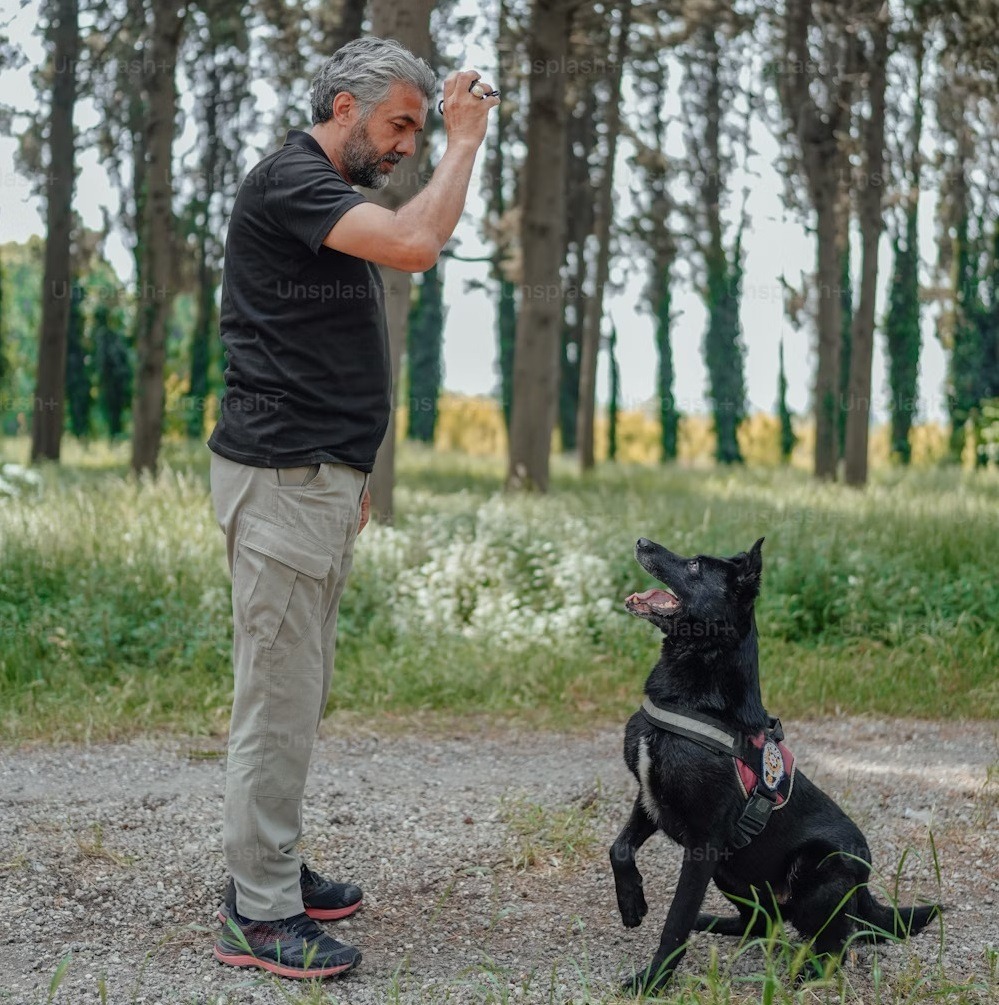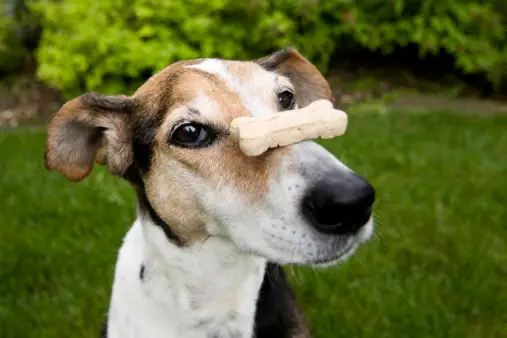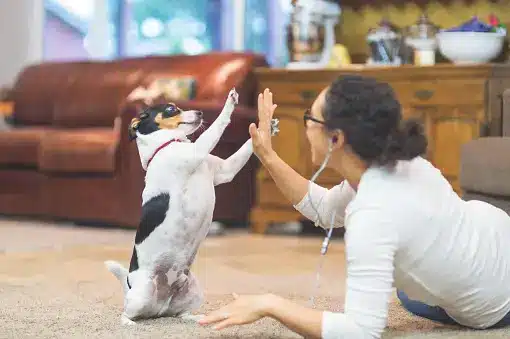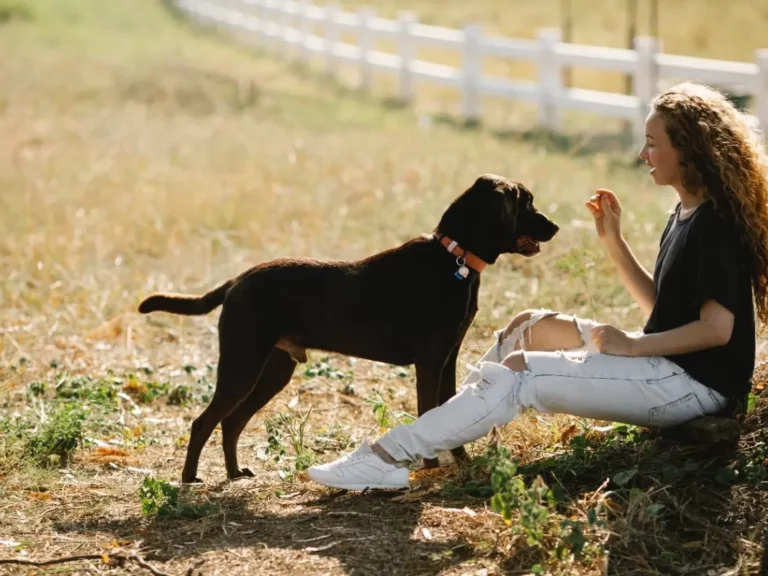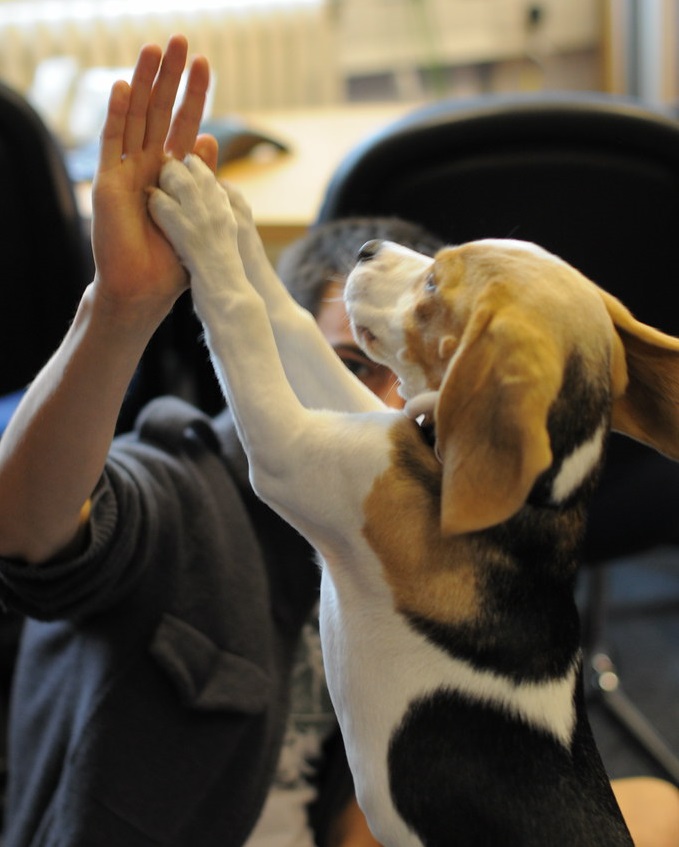Welcome to our guide on advanced dog tricks! We will explore three essential commands: “Leave It,” “Spin,” and “Jump.” Whether you are a seasoned dog owner or a first-time trainer, mastering these commands will take your dog’s training to the next level. From teaching your dog to ignore distractions to performing impressive tricks, we will provide you with step-by-step instructions and expert tips to ensure successful training sessions. So, let’s dive into the world of advanced dog tricks and unlock your pup’s full potential!
Leave It
What is ‘Leave It’ command
The ‘Leave It’ command is a fundamental cue in dog tricks that teaches dogs to ignore or move away from something they are interested in. It is crucial for a well-behaved and obedient dog, as it helps prevent them from picking up harmful or inappropriate objects, chasing other animals, or engaging in undesirable behaviors.
Teaching ‘Leave It’ command
- Start in a quiet and distraction-free environment. Hold a treat in your closed fist and place it near your dog’s nose.
- Say “Leave It” in a firm but calm voice and wait for your dog to stop sniffing or pawing at your hand.
- Once your dog stops showing interest in the treat, praise them and give them a different treat from your other hand.
- Repeat this process several times, gradually increasing the difficulty by placing the treat on the ground or using more tempting items.
- Practice in different locations and with various items, reinforcing the command consistently each time your dog responds correctly.
- Gradually phase out the use of treats, replacing them with verbal praise or a pat on the head when your dog successfully ‘leaves it’.
Common challenges with teaching ‘Leave It’
- Impatience: It is important to be patient and give your dog enough time to understand the command. Rushing the training process may lead to confusion and frustration for both you and your dog.
- Distractions: Dogs may find it challenging to ‘leave it’ when there are distractions around, such as other animals, food, or exciting scents. Gradually introduce distractions during training sessions to help your dog generalize the command.
- Consistency: Consistency is key in dog training. Ensure that all family members and anyone interacting with your dog consistently reinforce the ‘leave it’ command. Inconsistency can confuse your dog and hinder their progress.
- Reinforcement: It is essential to reinforce the ‘leave it’ command consistently to maintain its effectiveness. Regular practice and reinforcement will help solidify your dog’s understanding and response to the cue.
Remember, teaching the ‘Leave It’ command requires patience, consistency, and positive reinforcement. With practice and dedication, your dog will learn to ignore temptations and follow your command, promoting their safety and well-being.
Spin
What is ‘Spin’ command
The ‘Spin’ command is a fun and impressive trick that you can teach your dog. It involves getting your dog to turn in a circle either clockwise or counterclockwise on command. This trick not only entertains your dog but also helps to stimulate their mind and improve their coordination.
Teaching ‘Spin’ command
To teach your dog the ‘Spin’ command, follow these steps:
- Start by holding a treat in front of your dog’s nose, making sure they can see and smell it.
- Slowly move the treat in a circular motion towards their shoulder, encouraging them to follow it with their nose.
- As your dog starts to move in a circular motion, use a verbal cue like “Spin” or “Turn” to associate the command with the action.
- Once your dog completes the circle, reward them with the treat and praise them enthusiastically.
- Repeat this process several times, gradually reducing the hand motion and relying more on the verbal cue.
- Practice the ‘Spin’ command in different locations and with distractions to help your dog generalize the behavior.
Adding variations to ‘Spin’ command
Once your dog has mastered the basic ‘Spin’ command, you can add variations to make it more challenging and exciting for them. Here are a few ideas:
- Speed variation: Teach your dog to spin quickly or slowly on command. This can be achieved by using different verbal cues for each speed or by adjusting the speed of your hand motion during the training process.
- Direction variation: Train your dog to spin in both clockwise and counterclockwise directions. This will further enhance their cognitive abilities and adaptability to different commands.
- Multiple spins: Once your dog is proficient in spinning once, you can teach them to spin multiple times in a row. This can be done by using a specific cue like “Spin, Spin, Spin” and rewarding them after each complete rotation.
Remember, patience and positive reinforcement are key when training your dog. Make the training sessions short and enjoyable, and always end on a positive note. With consistent practice, your dog will become a pro at the ‘Spin’ command in no time!
Jump
What is the ‘Jump’ command
The ‘Jump’ command is a useful and impressive trick to teach your dog. It involves training your dog to jump over an obstacle or into the air on command. This command can be both entertaining and practical, as it can be used in various situations such as agility training, playing fetch, or even for obedience exercises.
Teaching the ‘Jump’ command
To successfully teach your dog the ‘Jump’ command, follow these steps:
- Start with basic obedience training: Before attempting the ‘Jump’ command, ensure that your dog has a solid foundation in basic obedience commands such as ‘Sit,’ ‘Stay,’ and ‘Come.’ This will establish a strong communication bond between you and your furry friend.
- Introduce the obstacle: Begin by introducing your dog to a low obstacle, such as a small hurdle or a raised pole. Make sure the obstacle is secure and stable. Encourage your dog to investigate the obstacle and reward them for any positive interaction or curiosity.
- Use positive reinforcement: When your dog shows interest in the obstacle, start using positive reinforcement techniques. For example, use treats or verbal praise to reward your dog for approaching or interacting with the obstacle. This positive association will help them understand that the obstacle is something they should engage with.
- Introduce the command: Once your dog feels comfortable around the obstacle, introduce the command ‘Jump’ in a clear and upbeat tone. Repeat the command while gently guiding your dog over the obstacle or encouraging them to jump. Be patient and give them time to understand the command.
- Practice and increase difficulty: Gradually increase the height or complexity of the obstacle as your dog becomes more confident in their jumping abilities. Practice the ‘Jump’ command in different locations to ensure your dog generalizes the behavior and can perform it in various environments.
Safety precautions for the ‘Jump’ command
While teaching the ‘Jump’ command, it is crucial to prioritize the safety of your dog. Here are some safety precautions to keep in mind:
- Start with low obstacles: Begin with low obstacles and gradually increase the difficulty level. This will help prevent any potential injuries or accidents during the learning process.
- Use safe and sturdy equipment: Ensure that the obstacles you use for training are secure, stable, and free from any sharp edges or potential hazards. This will minimize the risk of your dog getting injured while jumping.
- Avoid excessive jumping: Dogs vary in their physical abilities, and excessive jumping can strain their joints or muscles. Be mindful of your dog’s age, size, and overall health condition. If you have concerns, consult with a veterinarian before engaging in intense or frequent jumping exercises.
- Warm-up and cool-down exercises: Prior to training sessions involving jumping, incorporate warm-up exercises to prepare your dog’s muscles and joints. Similarly, end the session with cool-down exercises to help prevent any potential muscle soreness or stiffness.
Remember, each dog learns at their own pace, so be patient and consistent during the training process. With time and practice, your dog will master the ‘Jump’ command and showcase their agility and obedience skills.
Advanced dog tricks techniques such as “Leave It,” “Spin,” and “Jump” can greatly enhance a dog’s obedience and skills. These commands not only promote mental stimulation but also foster a strong bond between the owner and the dog. By teaching dogs to ignore distractions, perform intricate movements, and leap, owners can ensure their pets are well-behaved and physically active. With dedication, patience, and consistency, any dog owner can successfully train their furry companion in these advanced commands, leading to a happy and well-rounded pet.

